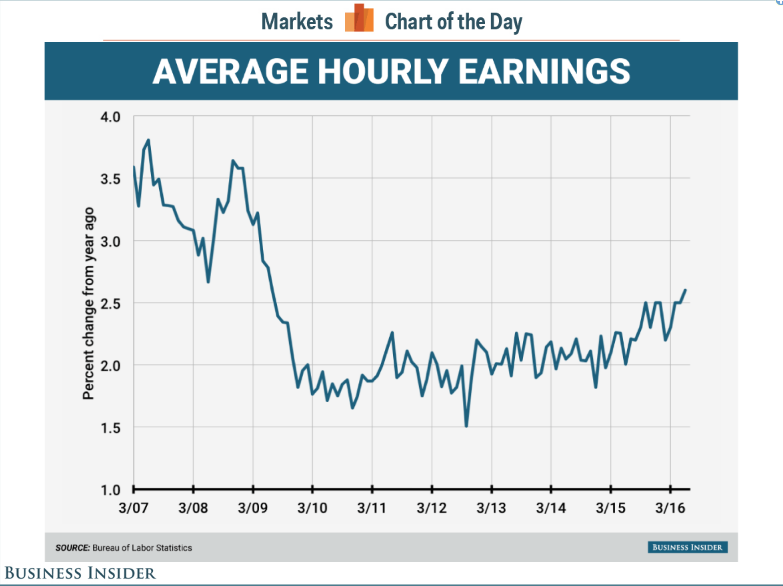This week on T3 I review the anonymous employee review monitoring mobile app Ratedly. Ratedly is the brainchild of the godfather of recruiting thought leadership, Joel Cheesman. When I entered this game eight years ago there were like four people in the world that talked about the Recruiting Industry and Joel was one of those folks, so he knows the industry very well.
Ratedly was built for HR leaders to be able to monitor employee review sites. When we hear that, most of us will only think of Glassdoor, but there are literally dozens of sites with employee reviews and new ones popping up weekly. Indeed now rivals Glassdoor with the number of reviews they have, and niche sites like InHerSight, AARP, and other local sites are collecting millions of employer reviews. Heck, it even monitors Twitter for notifications about your organization.
The problem will all of this is it becomes too time-consuming to monitor all of these sites and respond in a fashion that is representative of your employment brand. On top of being able to monitor, these sites run 24/7/365, and most of our HR and TA teams don’t! Yet, our executives want these reviews, especially the negative ones, responded to immediately!
Ratedly was built on a native mobile platform, meaning it’s built to be used on smartphones and tablets. It was done this way because of the expectation that whomever in your organization was responsible for this, more than likely, they would want 24/7 access to these reviews the moment they came in, with the ability to share with others in the organization, and be able to respond in real-time.
5 Things I like about Ratedly:
1. The UX is designed to be similar to a news feed you’ll find on many other apps, so the feel is very familiar and easy to use. Ratedly allows you to scroll through your employer reviews all in one spot, at the same time.
2. Bookmarking. On the Ratedly app you can easily bookmark reviews to go back to later and find them quickly. On each review, you will also have access to read the full review, see job title, location, star rating, etc.
3. Share feature. Ratedly easily allows you to share reviews from the app with hiring managers, executives, etc. Some organizations have the leader responsible respond, some have one department like TA respond, regardless of your process, Ratedly allows you to share with whoever you want, immediately.
4. Ratedly puts the monitoring of all of these review sites in one simple easy to use app. No longer does your employment branding team need to check into all of these sites on a daily basis. Or, like most organizations, you’re lucky to check in once or twice per month, and see some bad review that’s been sitting there for weeks!
5. It’s really inexpensive for the service that it offers! $149 per month, is peanuts for when it comes to protecting your employment brand. Most organizations have so much invested in their brand, and Ratedly becomes an inexpensive way to ensure that investment doesn’t blow up overnight!
Ratedly seems to be a technology that larger to enterprise level organizations would definitely have an interest in. If I was running employment branding for a multi-national I would definitely have it in my tool chest. The price point, though, really allows SMBs to come and play as well, especially those smaller startups who are in highly competitive environments and their brand is everything to getting talent. Well worth taking a look!
T3 – Talent Tech Tuesday – is a weekly series here at The Project to educate and inform everyone who stops by on a daily/weekly basis on some great recruiting and sourcing technologies that are on the market. None of the companies who I highlight are paying me for this promotion. There are so many really cool things going on in the tech space and I wanted to educate myself and share what I find. If you want to be on T3 – send me a note.


